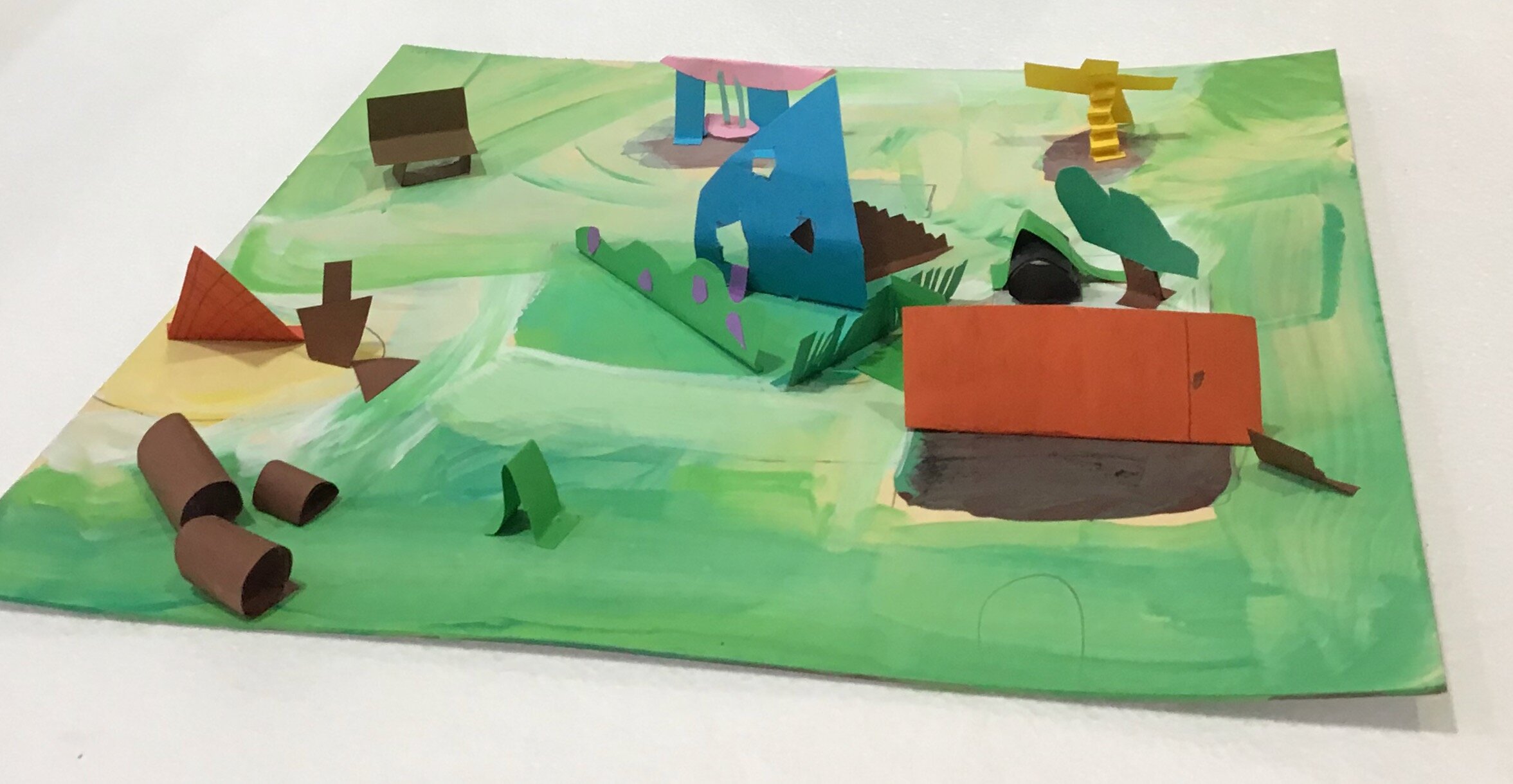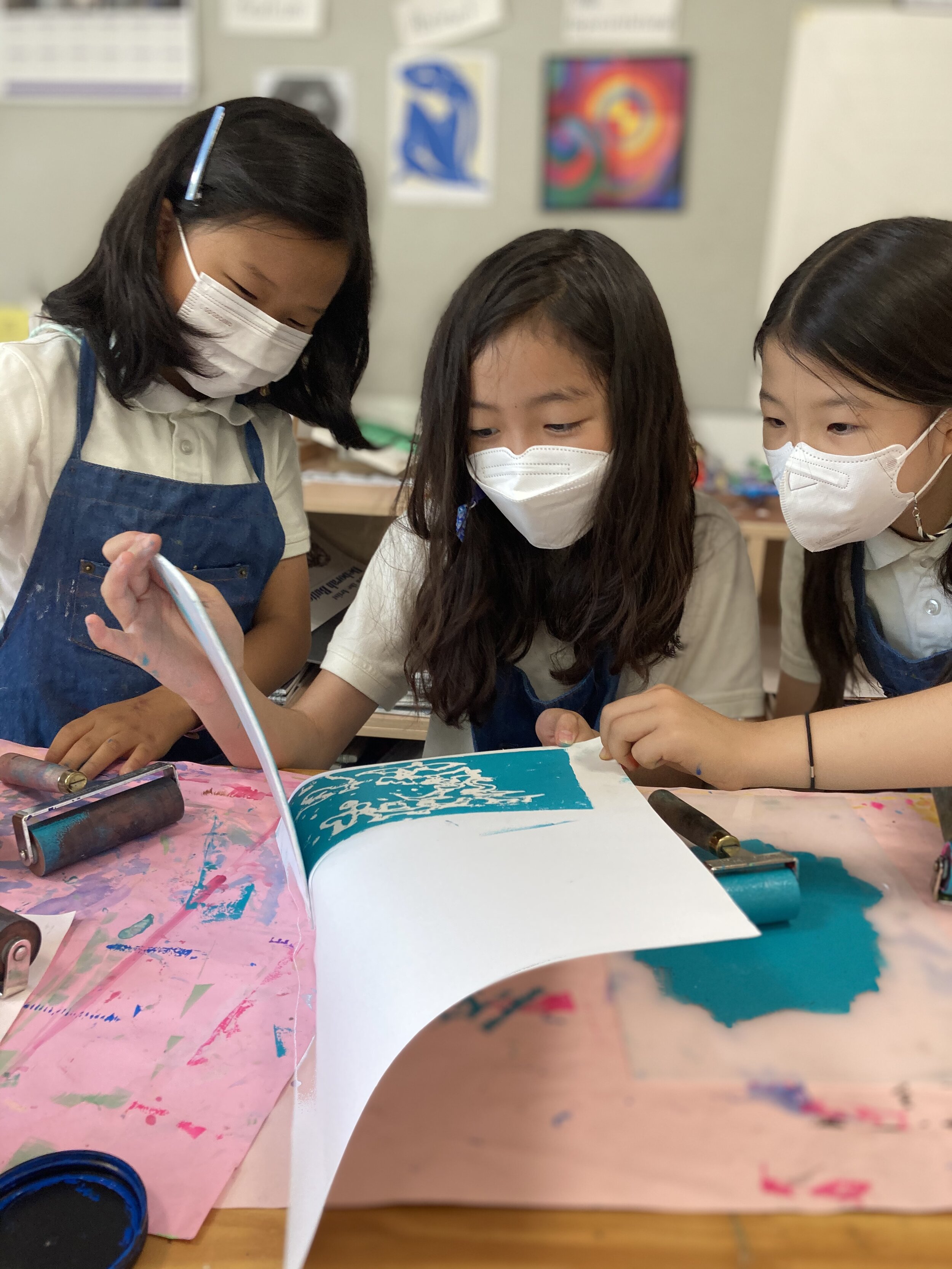
PYP Visual Arts
Teaching PYP was not the direction I had envisioned for my career as an educator. Having taught older students, primary age students were completely foreign to me. However, the nature of my students, being full of questions and enthusiasm has been a refreshing experience.
Teaching 400 students in eight different grade levels with limited instructional time at 45 minutes per week has been a true test of my skills as an educator. The planning, co-planning, organization and preparation it requires gave me a first hand appreciation of something I already believed to be true, that primary school art teachers work hard.
The importance of the strength of the Program of Inquiry is not something that should not be overlooked and in my time teaching PYP our POI was completely revamped. As a ‘specialist’ educator this revamp was essential in order for me to collaborate and build meaningful transdisciplinary units more authentically.
Alongside the PYP coordinator I developed the document for art standards using the IB and Ontario curricula, created a planner for stand alone units and redesigned the art curriculum both vertically and horizontally.
When teaching PYP my goal was to maximize students time to be hands on creating, experimenting and collaborating while still prioritizing language development, critical and creative thinking, good studio habits and agency.
Having entered a world where I can see first hand the developmental stages and growth of students over time has allowed me to develop better strategies when teaching.
Below are some highlights from over the last two years.

Senior Kindergarten
Our Homes
Where We Are In Place and Time : Homes reflect personal identity and local culture.
Figures
In one of my favorite units of the year, senior kindergarten students learn how to draw and sculpt the human body using correct size and placement.

Grade 1
Self Portraits
To introduce the unit students look at and discuss famous self portraits using visual thinking strategies (VTS). Then we break down observational drawing by identifying shapes, placement and proportions of the human face and its features.
Paper Sculpture
From an idea to a work of art; in this unit students problem solve how to turn a drawing into a sculpture.
Ceramics
Teaching clay is time consuming, messy and comes at a cost; however clay never fails to get students excited more than any other material. In this stand alone unit students design and create a decorative tile using different types of coils.

Grade 2
Helping Hands
Who We Are - Relationships allow individuals to grow in different ways.
Grade 2 students work collaboratively on their first project of the year, about the roll they play in their community. This unit which combines drawing, painting, and writing focuses on how artists translate an idea into visual images. With majority non-native english speakers I use sentence starters to support students’ writing skills.
Art and Appreciation
Why do people make art? Students inquire about the reasons why people make art and learn about the process of relief printmaking by creating an appreciation card for a recipient of their choice.

Grade 3
Ceramics
Grade 3 takes on functional ceramics with slab construction using the Artist Design Cycle (introduced in grade 2).
Experimental Self Portraits
Drawing, sculpture, photography. I’m not sure if I knew exactly what I was getting into when I developed this unit but the students and I were definitely in for a challenge in this multi-media, multi-artwork unit.
Landscapes
How do artists create the illusion of 3D space on a 2D surface? Students create a watercolor painting depicting a landscape of their choosing using foreground, middle ground and background. Other techniques include size, placement, layering and value.

Grade 4
The Elements of Art
After introducing students to the seven elements of art students create a mind map. Each lesson we discuss one of the seven elements of art, make an artwork and fill in the mind map. The culmination of these a in a combined end product. and fill in what they
Understanding Art
Students learn about the difference between representationalism, abstract and non-objective art in this exploratory unit.

Grade 5
A Visual Story
Who We Are in Place and Time: Human migration is a response to challenges, risks, and opportunities.
Students investigate what major themes artists have used over the course of history. After choosing their own theme, students develop a story and turn it into a graphic novel.
Surrealist Rooms
What is an art movement? As a class we explore surrealism and students utilize this understanding to develop an idea for their one point perspective watercolor painting.
Self Portrait
Students create observational studies of their individual facial features using different media. Then, things get interesting…















































